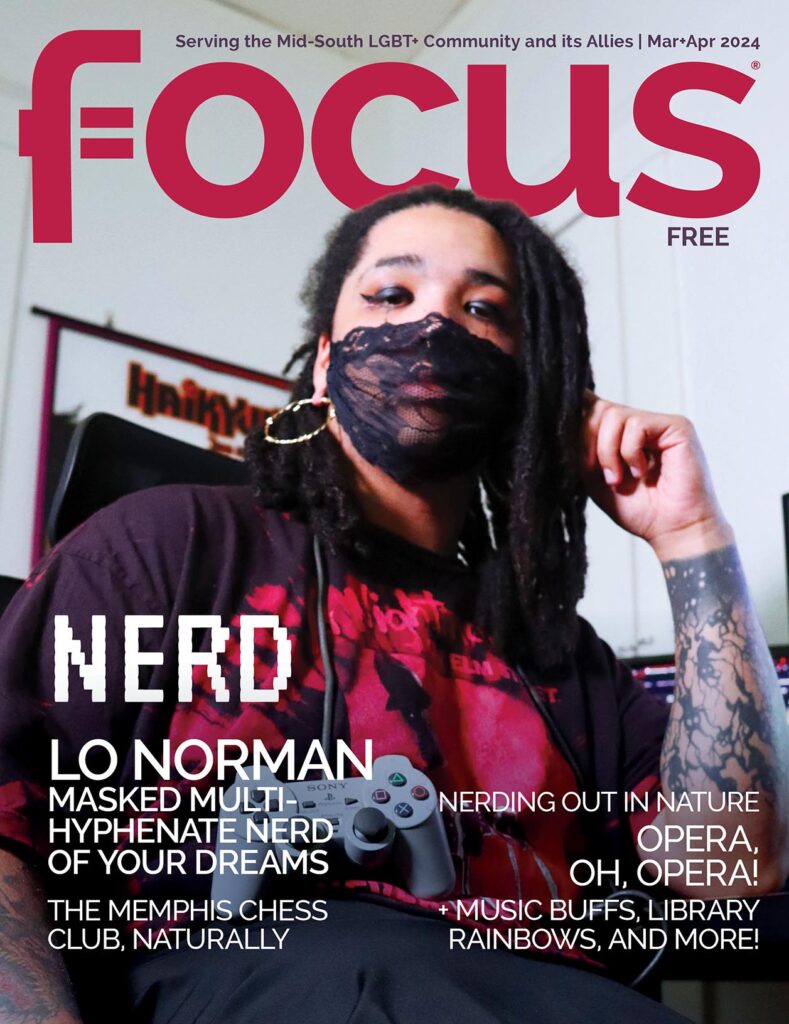Gender neutral pronouns have been around for centuries. At least as far back as 12th century Old English, the pronouns were almost indistinguishable, which prompted the use of ‘she’ to distinguish the male and female pronoun from each other. In 1789, William H. Marshall recorded the existence of the pronoun Ou, that expressed he, she or it.
Now, probably owing to more people being comfortable expressing their true selves, we have a new nomenclature. It’s true that you can’t always know what someone’s pronouns are by looking at them, but asking and correctly using someone’s pronouns is one of the most basic ways to show your respect for their gender identity. When someone is referred to with the wrong pronoun, it can make them feel disrespected, invalidated, dismissed, alienated, or dysphoric (often all of the above.) It is a privilege to not have to worry about which pronoun someone is going to use for you based on how they perceive your gender. If you have this privilege, yet fail to respect someone else’s gender identity, it is not only disrespectful and hurtful, but also oppressive.
If you’re new to using the proper pronouns when referring to someone who is non-binary, know that it’s OK to make mistakes when meeting someone. Just correct yourself promptly without making a big deal of it. Though there are some variations, here is a chart that shows you the basics and how the pronouns are used in grammar.




